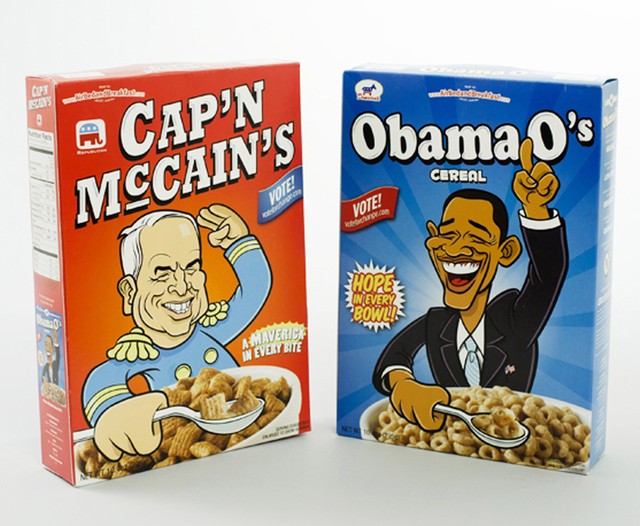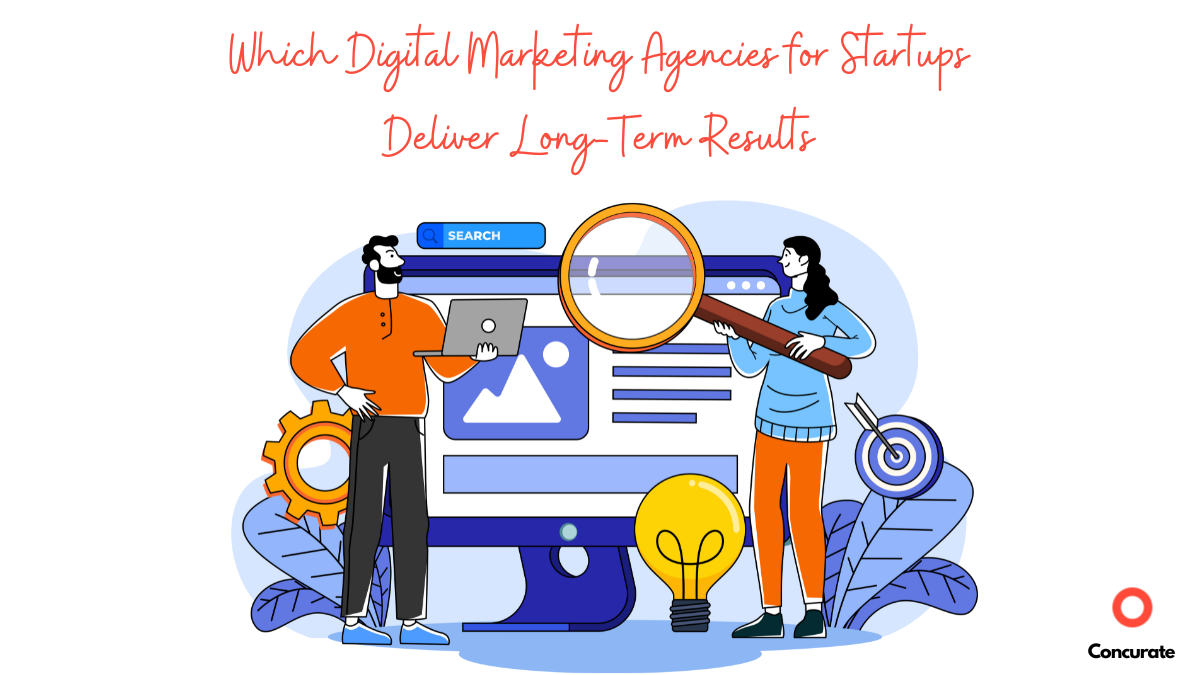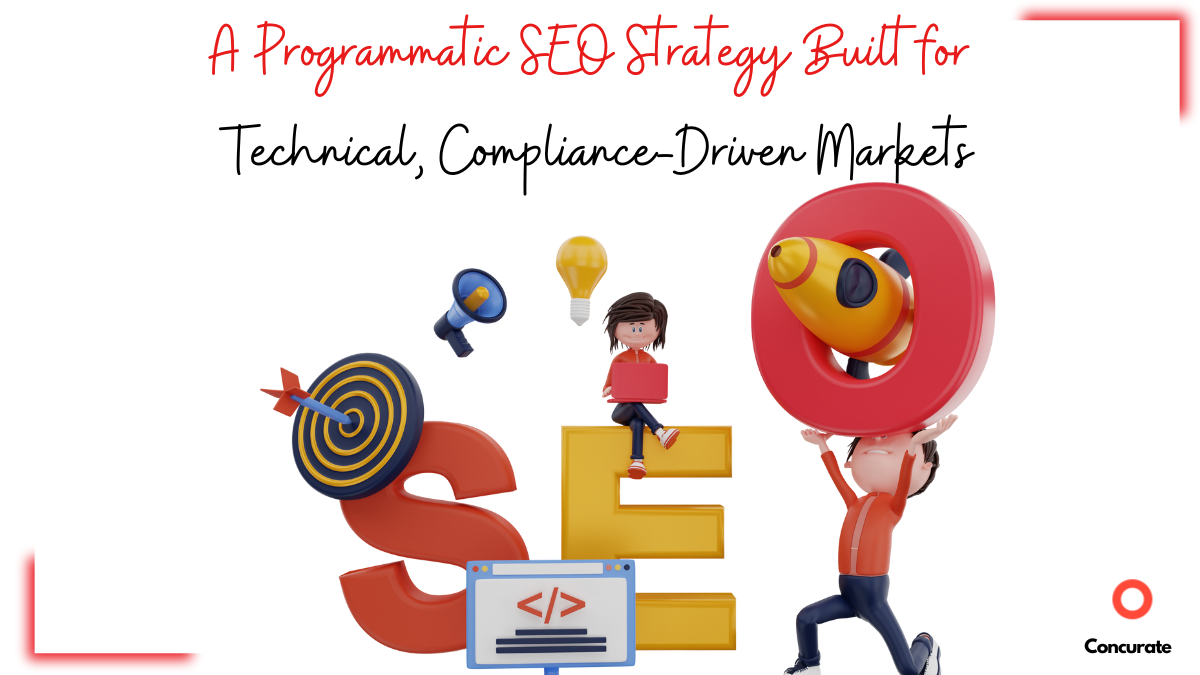Airbnb is a community based on connection and belonging—a community that was born in 2008 when two hosts welcomed three guests to their San Francisco home, and has since grown to 4 million hosts who have welcomed over 800 million guest arrivals to about 100,000 cities in almost every country and region across the globe.
Today, Airbnb is worth somewhere in the neighborhood of $31 billion.
We’ve converted this entire blog in PDF form that you can download and save for later reading (or sharing with your friends). You can download it using the form below:
It’s essentially the largest hotel chain in the world, larger than the world’s top 5 hotel chains combined. And it doesn’t own a single real estate listing.
How did this community of hosts and guests grow so exponentially within a couple of decades? How did two design grads and a techie change the childhood perception of stranger danger to get people to change the way they travel? How did a company that started because two guys in San Francisco had no money to pay their rent grow into a multi billion dollar enterprise?
They discovered that the secret lied in figuring out how to get strangers to trust each other. So, why don’t we trust strangers? Why don’t you? Could be for multiple reasons… fear, lack of familiarity, the conditioning we’ve had growing up that tells us we should always be wary of strangers, bias towards a certain kind of people, our previous experiences, and more.
Here’s how Airbnb started, overcame these hurdles, created a genius marketing strategy, and built a business on the principle of strangers trusting strangers.
The Beginning
The story of Airbnb’s beginnings is already an urban legend. Two design graduates – Joe Gebbia and Brian Chesky struggling to pay the rent open up their home to designers gathering in San Francisco for a conference. They rent out air mattresses in their living room and give their guests a bed and breakfast. One wacky idea later, they realize this has the potential to be built into a business. Hello Airbnb!

Energized with their idea, the designer duo reached out to their former flatmate to join them and help build a website for their business. They did, but there was just one booking that came in. They realized that no one believed in the idea of letting strangers into their homes, or for people living in strangers’ homes.

Unfortunately for them, that realization didn’t pay the bills. In the hope of raising capital, they were now deep in debt. Being designers at their core, and taking advantage of the elections happening then, they explored the breakfast part of their business a little more seriously. The design grads printed limited edition cereal boxes around the US election – called them ObamaO’s and Cap’n McCain’s. They filled them up with the cheapest cereal they could find and sold them at $40 a piece!

And then they became cereal entrepreneurs!
Their breakfast business got them enough capital (and funding) to launch the business of their dreams. “Book rooms with locals rather than hotels” is what they pitched. And it worked!
The long and short of it is BELIEVE IN YOUR IDEA – if you can dream it, believe it!
Once they had their website up and running, they needed to figure out a way to get strangers to trust strangers. The greatest lesson I learnt from studying how they built their marketing strategy was this: It doesn’t matter if your vocation is far from your education, on the face of it. If you’ve learned well, you will be able to apply your education to your vocation to create magical results. After all, when you are faced with a problem, you fall back on what you know. And what we really knew was design. Brain and Joe were from design school. And they used design to build a marketing strategy to build an empire. An empire based on the sharing economy – commerce with the promise of human connection.
Pro tip: If you need 30 standout SaaS growth hacks to attain double the growth for your SaaS business, fill out the form below!
Discovery #1 – The Importance of Reviews
A person or listing with over 10 positive reviews increases the chance of a booking

Joe says that as design school, they learnt that design is more than the look and feel of something. It is the experience. They channeled that thought into creating a well designed reputation system that they believe is key for building trust in the customers Airbnb serves.
He says, “Maybe the people my childhood labelled as strangers, were friends waiting to be discovered”. Similarity is what brings people together most times, isn’t it? To understand this better, Airbnb undertook a joint study with Stanford. The goal of the study was to understand how much similarity influenced trust. How much more likely is someone to trust another if they are similar in age, location and geography?
Research showed that we prefer people like us. The more different someone is, the more unlikely we are to trust them – that’s natural human bias. What’s interesting is when you add reputation into the mix. In the case of Airbnb, in the form of reviews. The study showed that having less than three reviews, changed nothing. But more than 10 reviews changes everything. And the result of the study showed that high reputation beats high similarity in generating trust. The right design can help us overcome one of our most deeply rooted biases.
Once they discovered this, Airbnb designed a system to help people using the service overcome their most deeply rooted biases. Airbnb encouraged reviews from both guests and hosts. But they realised that trust is a two way street and a bad review often leaves a bitter taste. So now they reveal reviews on the app only when both the host and guest upload them.
Discovery #2 – The Goldilocks Message Length
The acceptance rate for hosts depends on the message shared by the visitor

Reviews were one thing. Airbnb discovered that the review being just the right length was key to acceptance rates for bookings. Sharing a short message like “Yo!” or a long message detailing the emotional situation a guest is in raises red flags. Studies showed that messages like these in online experiences had little to no acceptance rate. However, messages that were just right – letting the host know why you chose their home and who you’re traveling with, for instance – showed highest acceptance rates.
How did they design for just the right amount of disclosure? They nudged guests towards writing just the right messages to their prospective hosts.
The little box indicates the right message length, giving the guest a nudge in the right direction. A few prompts were also added to encourage sharing. Building the right amount of trust, as Joe says, takes the right amount of disclosure. And Airbnb seems to have got this design to be near perfect.
Discovery #3 – Nothing Works Like Tugging on Heartstrings
Experiences, Stories, and Friendships

Airbnb began with two men struggling to make rent. It’s grown into a community of travellers, explorers, hosts and guests. Joe says, “Most travel today is like fast food – it’s efficient and consistent at the cost of local and authentic.” Airbnb has been designed to make travel like a magnificent buffet of local experiences. By living in Airbnb host’s home, you’re sharing their most personal space – spaces that are usually kept closed and hidden from guests. Airbnb encourages photos of homes and spaces shared on the platform. When people share a part of themselves, that changes everything. A big emphasis is laid on community and connection over isolation and separation.
Their website and social media houses beautiful stories shared by hosts and guests. Of experiences, of lasting friendships. Did you know that most of the visual content on Airbnb’s website and social media is user generated content? If that doesn’t speak volumes about a reputation of a brand, I don’t know what does! That’s the epitome of brand marketing – when your customers become your brand ambassadors, organically.
In sum and substance

Airbnb was built around a design event in San Francisco. Slowly, the nature of business shifted from an event oriented business to a travel business. The three men realized that this platform was bigger than an event. It was a chance to connect with travellers and give them experiences that were unique and would make memories for life.
They didn’t really invent anything new in terms of a business model. The hospitality business has been around for decades. So how did Airbnb eventually take off? Luck and timing aside, Joe says he has learnt that “you can take the components of trust and you can design for that.”
From being broke and on the verge of being thrown out of their home, Joe and Brian turned their fear into fun. And that is the gift of creativity.
Meanwhile, Explore the plethora of resources to help you out your business! If your organisation wants its content marketing strategy designed by Concurate, let’s connect over a short call. Block our calendar today!







